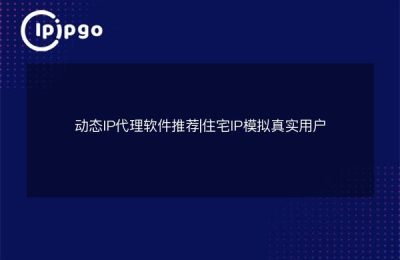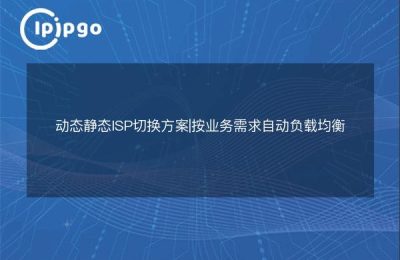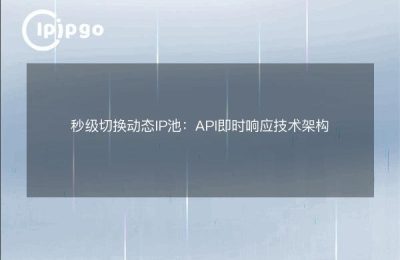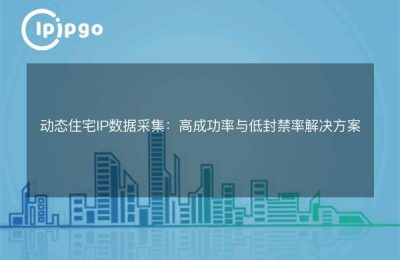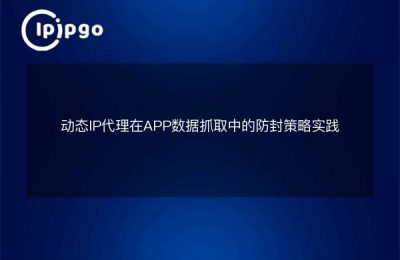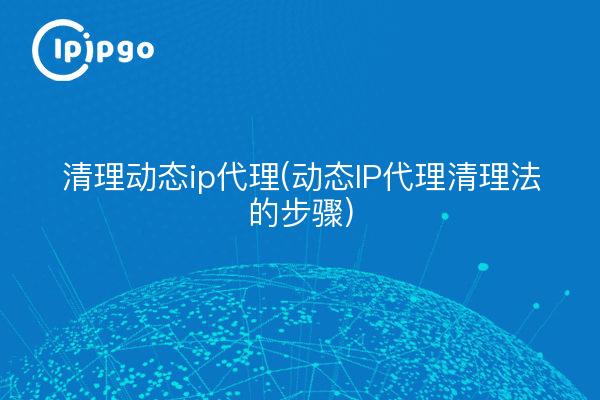
Concept of Dynamic IP Proxy
Cleaning up dynamic IP proxies
In the field of Internet security, dynamic IP proxies are often used to hide users' real IP addresses, bypass network restrictions or conduct malicious attacks. Therefore, cleaning dynamic IP proxies is an important part of network security maintenance. The following will introduce some steps to clean up dynamic IP proxies.
Steps in the Dynamic IP Proxy Cleanup Method
1. Monitoring network traffic
First, you need to identify dynamic IP proxy activity by monitoring network traffic. You can use a network traffic analysis tool, such as Wireshark or Tcpdump, to capture and analyze network packets. By identifying IP addresses and traffic patterns that appear abnormal, you can initially determine if there is dynamic IP proxy behavior.
2. Identifying suspicious IP addresses
Once you find an abnormal IP address, you can use a blacklist or IP address attribution lookup tool to confirm whether it is a dynamic IP proxy. Typically, the IP addresses of dynamic IP proxies will belong to data centers, cloud service providers, or anonymous proxy service providers. After identifying these IP addresses, you can further verify that their behavior matches the characteristics of a dynamic IP proxy.
3. Blocking proxy access
For IP addresses identified as dynamic IP proxies, measures can be taken to block or restrict access. This can be accomplished through network firewalling, access control lists (ACLs), or Web application firewalling. Blocking these IP addresses from accessing network resources through rule configuration can effectively reduce the threat of dynamic IP proxies to network security.
4. Ongoing monitoring and updating
Cleaning up dynamic IP proxies is not a once-and-for-all task; network security teams need to continuously monitor and update cleanup rules. As dynamic IP proxy technology continues to evolve, new proxies and IP addresses emerge, so identification rules and blocking policies need to be updated in a timely manner.
summarize
Cleaning up dynamic IP proxies is an indispensable part of network security maintenance, which requires a combination of network traffic analysis, IP address identification and blocking measures to counteract the security risks that dynamic IP proxies may bring. Ongoing monitoring and updating efforts are also key to maintaining network security, and only by continuously optimizing the cleanup strategy can the threat of dynamic IP proxies be effectively prevented.

